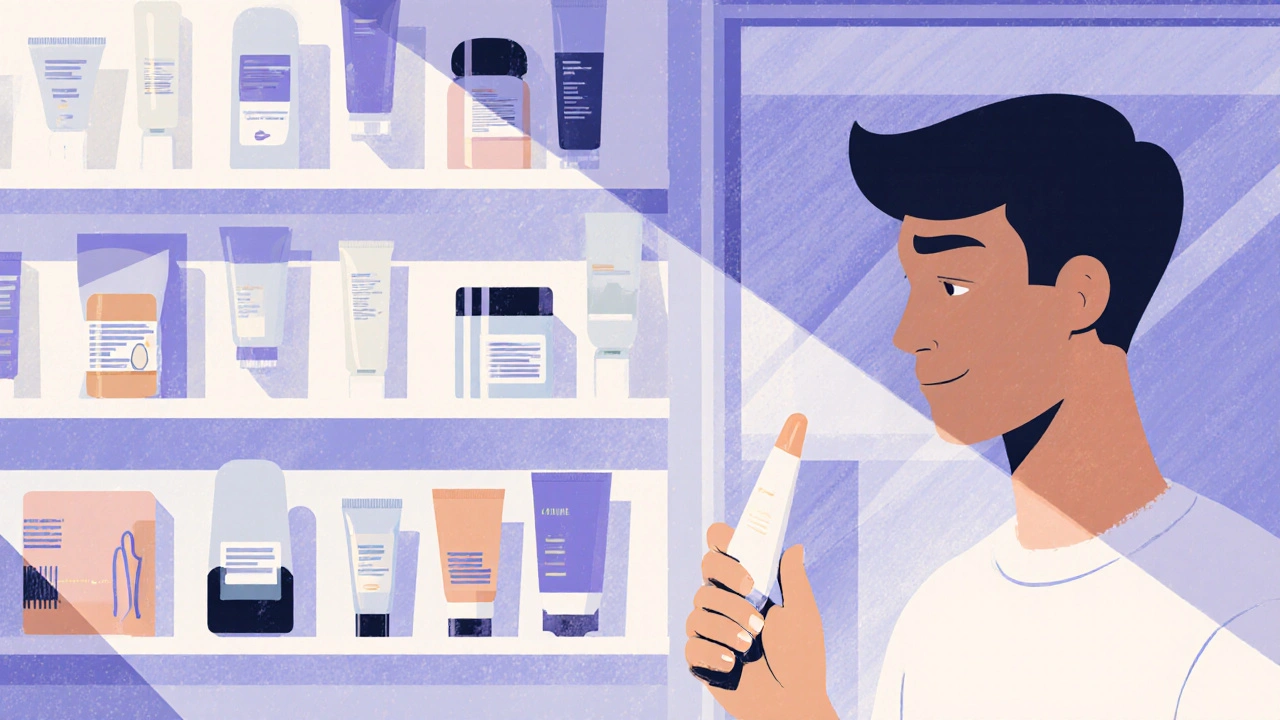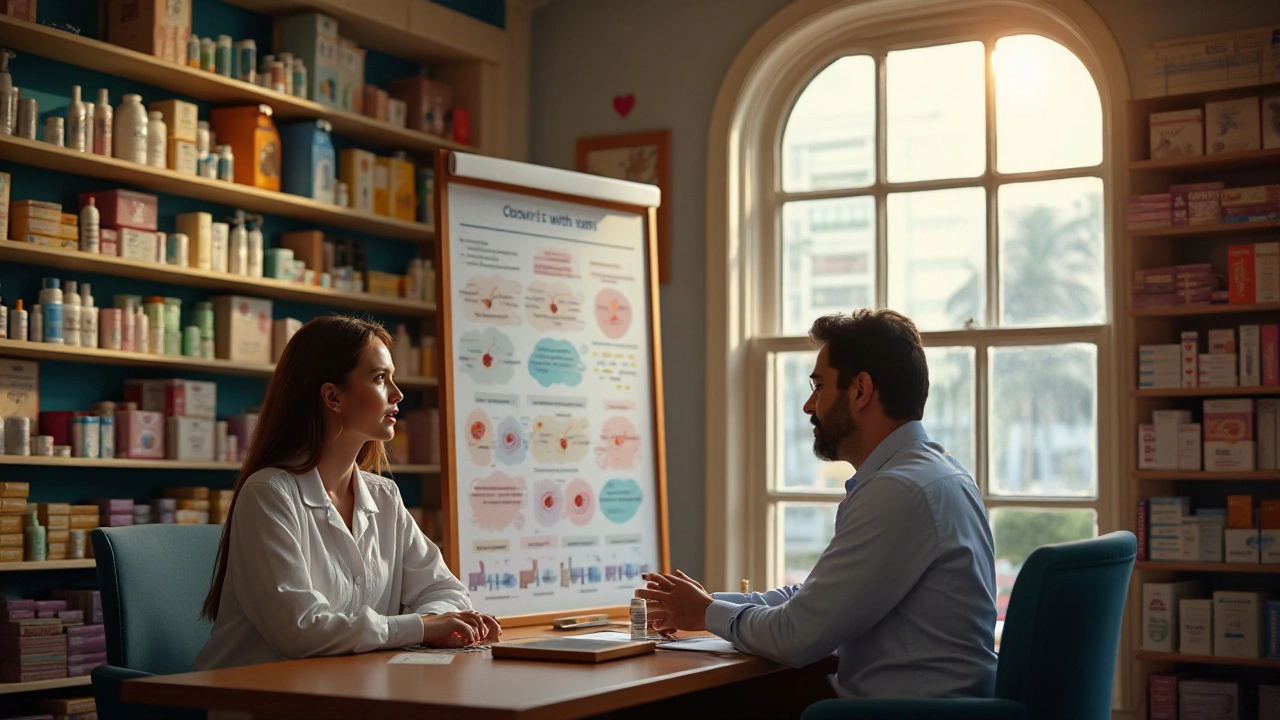Acne is annoying, but you don’t need to guess what to do next. Start with safe over-the-counter steps, move to prescription options if needed, and get help early for scarring or painful nodules. Read on for a clear plan you can use today.
Keep the routine short. In the morning, wash your face with a gentle, pH-balanced cleanser. Apply a thin layer of benzoyl peroxide (2.5–5%) to active spots — it kills acne bacteria and reduces oil. Use a lightweight, non-comedogenic moisturizer after that, and finish with a broad-spectrum sunscreen every day.
At night, cleanse again and use a topical retinoid like adapalene 0.1% to unclog pores and speed skin turnover. Start every third night if your skin is sensitive, then increase frequency. If retinoids cause irritation, layer a moisturizer on top or apply the retinoid after the moisturizer (reverse buffering).
Other useful topicals: azelaic acid 10–20% helps redness and mild acne, and salicylic acid targets clogged pores. Patch-test new products for 3–4 days to check for strong reactions.
If over-the-counter options don’t help after 8–12 weeks or acne is inflamed, painful, or leaving marks, see a dermatologist. Common prescription steps: short courses of topical or oral antibiotics for inflamed acne, combined with benzoyl peroxide to prevent resistance. Oral doxycycline or minocycline are often used at low doses (ask your doctor about side effects and sun sensitivity).
For women with hormonal acne, options include combined oral contraceptives or spironolactone (often started at 25–50 mg and adjusted). These can be very effective for breakouts along the lower face and jawline.
Isotretinoin is the strongest option for severe or scarring acne. It often clears stubborn acne but requires monitoring for side effects and strict pregnancy prevention. Talk with a dermatologist about risks and treatment length—doses aim for a cumulative target based on body weight.
Small lifestyle changes help. Limiting high glycemic foods and reducing skim milk intake can lower flare-ups for some people. Don’t overwash or scrub—harsh cleansing worsens inflammation. Use non-comedogenic makeup and clean pillowcases weekly.
Finally, be patient. Most treatments need 8–12 weeks to show clear results. If you’re frustrated, ask a dermatologist for a plan that fits your skin type and life. With the right routine and timely medical care, most people see big improvements without guessing.

A practical guide compares tretinoin 0.05% with popular acne and anti‑aging alternatives, covering effectiveness, side effects, costs, and how to choose the right option.
More
Navigating the realm of acne treatment options can be overwhelming, especially when seeking alternatives to Isotroin. This article examines eight potential choices, such as topical retinoids and antibiotics, providing insights into their benefits and drawbacks. From hormonal treatments to innovative lasers, each option offers unique advantages for addressing different types of acne. Learn about their effectiveness, side effects, and practicality in order to make informed decisions for a personalized skincare regime.
More